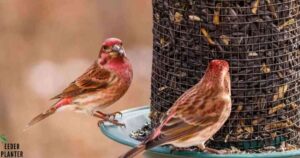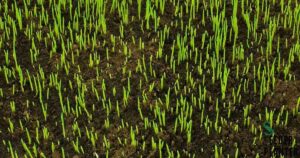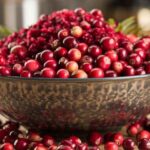If you’re looking to establish a lush, healthy lawn in the Northeast, understanding the best time to plant grass seed is crucial. This region’s climate requires careful timing to ensure optimal grass seed germination and long-term lawn success. Let’s dive into the details of different grass types, U.S. grass climates, seasonal planting, and the most effective strategies for maintaining a vibrant lawn in Pennsylvania.
Types of Grasses: Cool-Season vs. Warm-Season
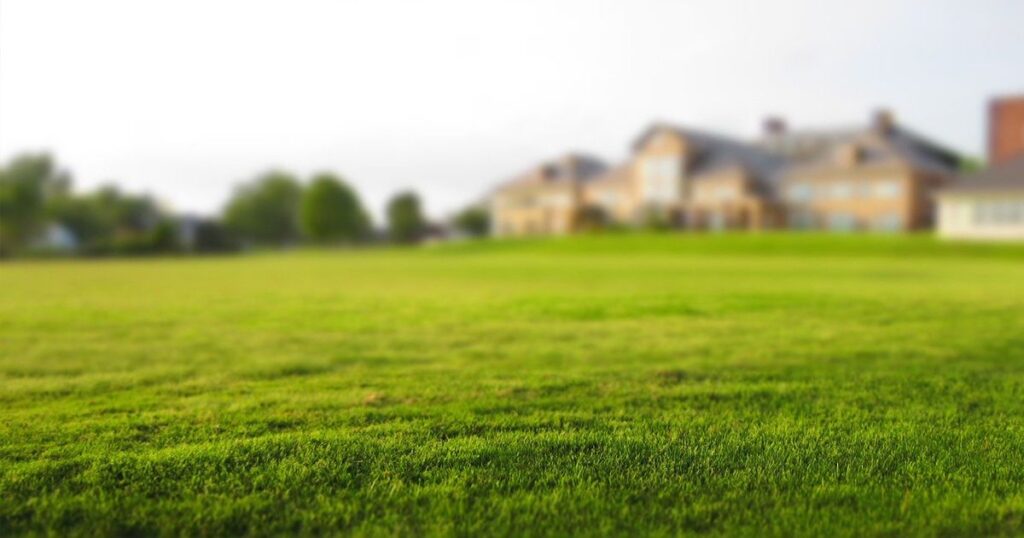
Before you start planting, it’s essential to identify the best type of grass for your region. Grasses are generally classified into two categories: cool-season and warm-season grasses. Knowing which type works for your lawn will help you determine the right planting time and maintenance strategy.
- Cool-Season Grasses: These grasses thrive in cooler temperatures, making them ideal for the Northeast. Some popular varieties include Kentucky bluegrass, fescue, and perennial ryegrass. They grow best in spring and fall when temperatures are moderate.
- Warm-Season Grasses: Warm-season grasses, such as Bermuda and zoysia, prefer hotter climates and thrive during summer. These are more suitable for the southern U.S., but spring planting can be effective in warmer zones within the Northeast.
U.S. Grass Climate Zones
The United States is divided into several turf climate zones, each influencing the best type of grass for that region. The Northeast falls predominantly within cool-season zones, but areas further south may accommodate some warm-season varieties.
| Grass Climate Zones | Suitable Grasses |
| Cool-Season Zones | Kentucky bluegrass, fescue, ryegrass |
| Warm-Season Zones | Bermuda grass, zoysia grass |
| Transitional Zones | A mix of both warm and cool-season grasses |
Fall for Cool-Season Grasses
In the Northeast, fall is the best time to plant grass seed if you’re working with cool-season grasses. This season offers the perfect combination of warm soil, cooler air temperatures, and higher moisture levels. Here’s why:
- Warm soil temperatures in early fall accelerate seed germination.
- Cooler air temperatures allow young grass to establish roots without the stress of high heat.
- Consistent rainfall during the fall supports grass seed establishment.
The ideal time to plant grass seed in the fall is from mid-August to mid-October. This period gives the grass enough time to establish itself before winter frost.
Spring Planting for Warm-Season Grasses
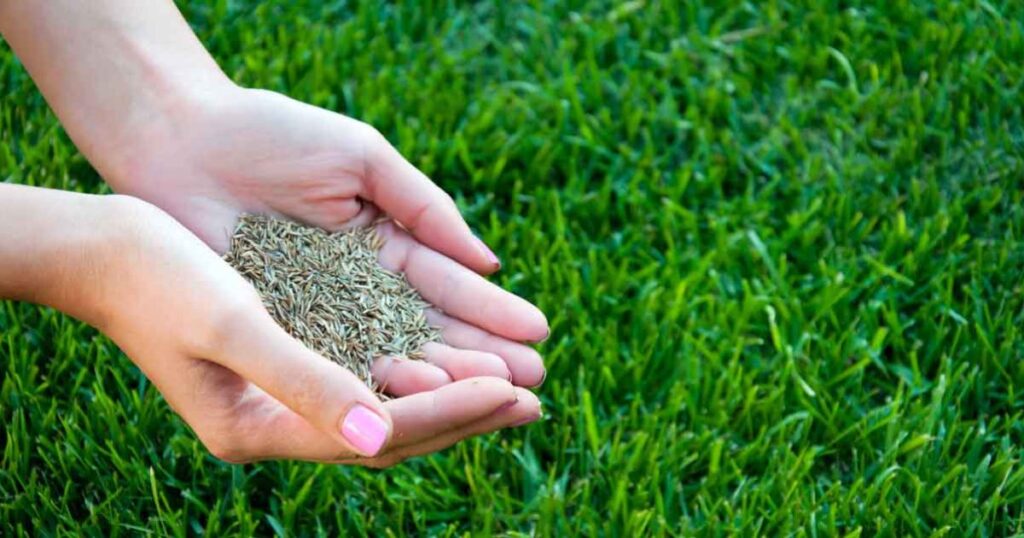
If you’re opting for warm-season grasses, the best time to plant is in spring. By planting in late spring, you’ll ensure the grass has the full summer to grow and establish.
- Soil temperature is a critical factor for successful planting. For warm-season grass seeds to germinate, soil temperatures should be consistently above 65°F.
- Spring planting for warm-season grass in the Northeast should occur after the last frost but before the summer heat intensifies.
When to Plant in Pennsylvania?
Pennsylvania’s climate is mostly suitable for cool-season grasses. Here’s a breakdown of when to plant grass in different parts of the state:
- Fall planting (mid-August to mid-October) is the best time for cool-season grasses like Kentucky bluegrass, fescue, and perennial ryegrass. These grasses thrive in Pennsylvania’s cooler fall temperatures.
- If you’re planting warm-season grasses in the southern regions of Pennsylvania, the best time for seeding is late spring.
Best Time to Plant Grass Seed in Spring
Spring is another option for planting cool-season grasses, but it comes with challenges:
- Soil temperature is still warming up in early spring, so grass seed germination may be slower than in the fall.
- Spring planting often coincides with an increase in weeds, which compete with grass seedlings for nutrients.
If you’re planting in spring, aim for April to early May when soil temperatures reach 50-60°F.
Best Time to Plant Grass Seed in the Northeast
The best time to plant grass seed in the Northeast largely depends on the type of grass and your local climate. For cool-season grasses, early fall remains the optimal time. However, if spring planting is necessary, focus on early to mid-spring before the summer heat arrives.
Why the Best Time to Plant Grass Seed Differs
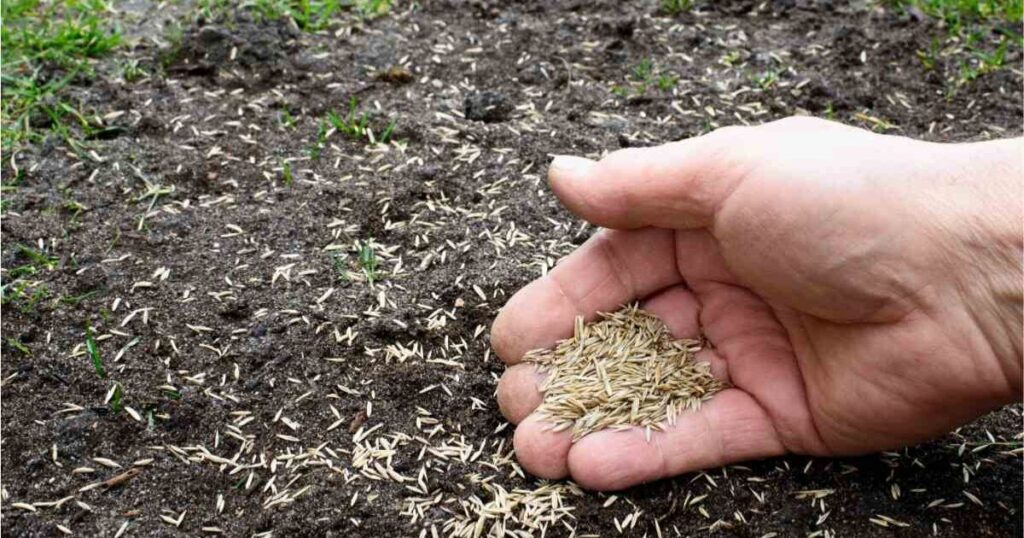
The best time to plant grass seed varies by climate zone, grass type, and seasonal conditions. For example:
- Warm-season grasses need heat for proper growth, while cool-season grasses prefer cooler temperatures.
- Soil temperature is a key factor, influencing whether your grass seed will germinate successfully.
Understanding your local conditions, whether you live in Pennsylvania or another part of the Northeast, is critical to achieving the lawn you want.
Here’s Why and When to Overseed Your Lawn
Overseeding is a great way to maintain a thick, healthy lawn and repair patches of thinning grass. Here’s when and why it’s important:
- Fall is the best time for overseeding cool-season grasses. The favorable weather conditions help the new seed blend seamlessly with existing grass.
- Spring overseeding can work for lawns with warm-season grasses, though it’s riskier due to potential weed competition.
Benefits of overseeding include:
- Thicker, more resilient lawns
- Improved resistance to weeds and disease
- Enhanced visual appeal of the lawn year-round
Aeration Techniques for Lawns
Aeration helps lawns thrive by breaking up soil compaction and allowing nutrients to reach the roots. It’s especially useful before overseeding. The best times for aeration are:
- Early fall for cool-season lawns to encourage strong root growth.
- Late spring for warm-season lawns when the grass is actively growing.
Conclusion
When it comes to growing a successful lawn, timing is everything. Understanding the difference between cool-season and warm-season grasses, knowing your U.S. turf climate zone, and recognizing the best time to plant grass seed in the Northeast—particularly in Pennsylvania—are all crucial steps. For cool-season grasses, fall planting offers the best results, while warm-season grasses do well in spring.

I am Alexander James, a seasoned professional with 4 years of expertise, brings passion and skill to every project. Elevate your experience with my knowledge and creativity.
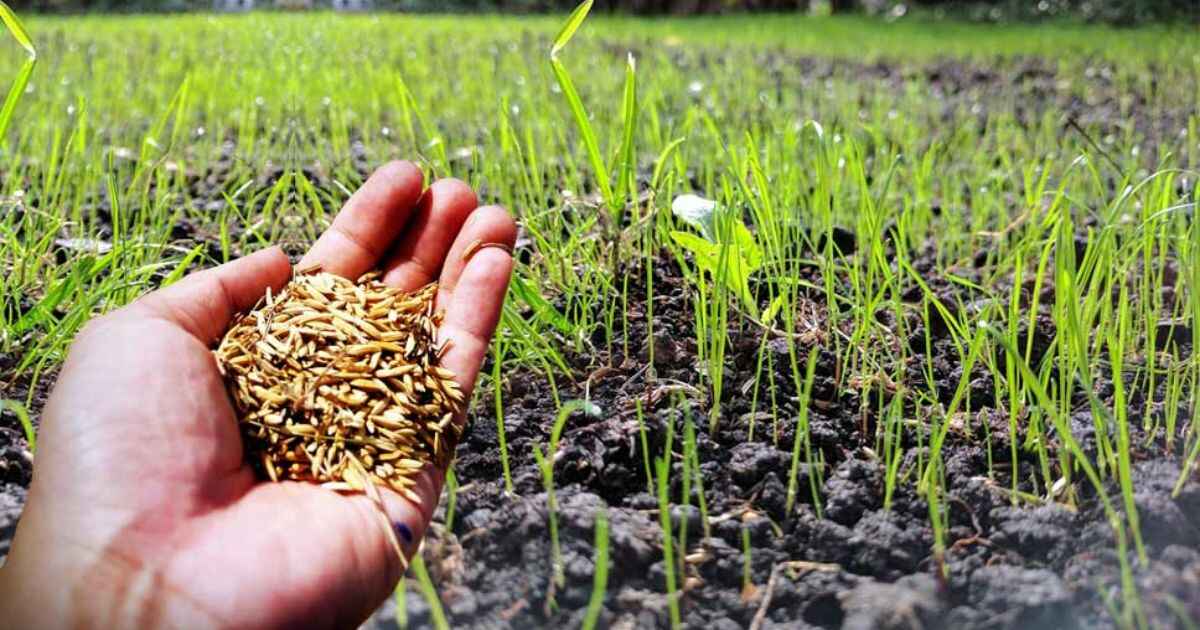

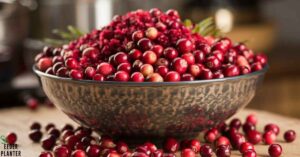
![Hollyhock Seeds: The Complete Guide to Success [2024]](https://seederabout.com/wp-content/uploads/2024/10/Hollyhock-Seeds-The-Complete-Guide-to-Success-2024-300x157.jpg)

